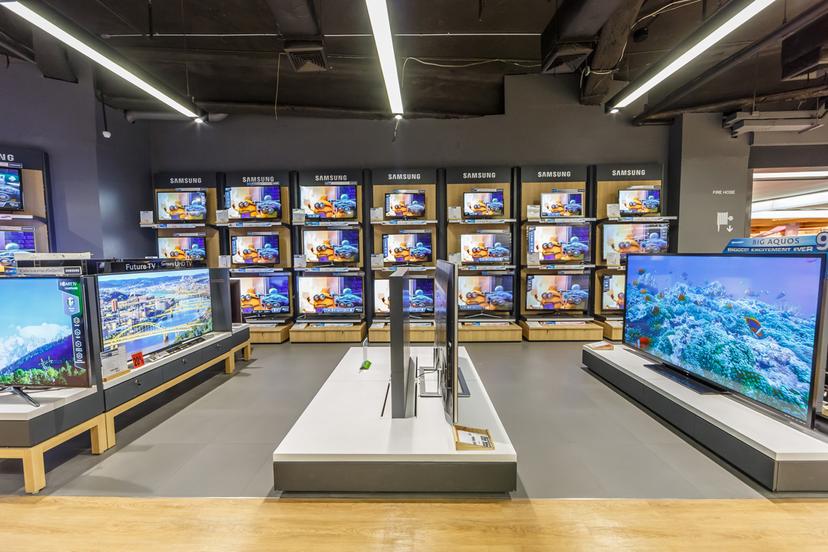General Consumer Products

Overview
Consumer goods have been around since the earliest days of civilization. While advancements in manufacturing have led to the efficient, high-tech factories and production facilities used today, ancient craftspeople produced goods slowly and laboriously by hand or via manual or semi-automated machines to address a specific market need (clothing, cookware, etc.).
The general consumer products industry produces goods that the public wants or needs. It produces two types of goods: durable and nondurable. Durable goods have a long life span and hold up over time; examples of durable goods are cars, electronics, tools, and washing machines. Nondurable goods, which do not last as long, include such products as food, cosmetics, and clothing. General consumer products are sold in retail stores, door-to-door, by mail order, and online.
General consumer products range from utilitarian goods such as shoes and pens and pencils, to cutting-edge technology such as iPads and smartphones. There is also a wide range of quality and price within each product category. For example, one can find basic shoes for $10 or $15, but a pair of running shoes endorsed by a superstar athlete can cost hundreds of dollars. One can purchase a container of perfectly good strawberries at a local supermarket for $3 or spend $5 at an upscale grocery store such as Whole Foods for strawberries that have been grown without pesticides and harvested and shipped in an ecofriendly manner.
There are tens of thousands of general consumer products manufacturers in the United States. They compete to develop the best products at the most affordable price for the greatest numbers of consumers. Some companies are part of traditional sectors (such as the clothing industry) that have existed for many years, while others, such as Apple and Dell, are part of the technology sector, which has emerged only in the last three decades.
General consumer products companies are located in every state...